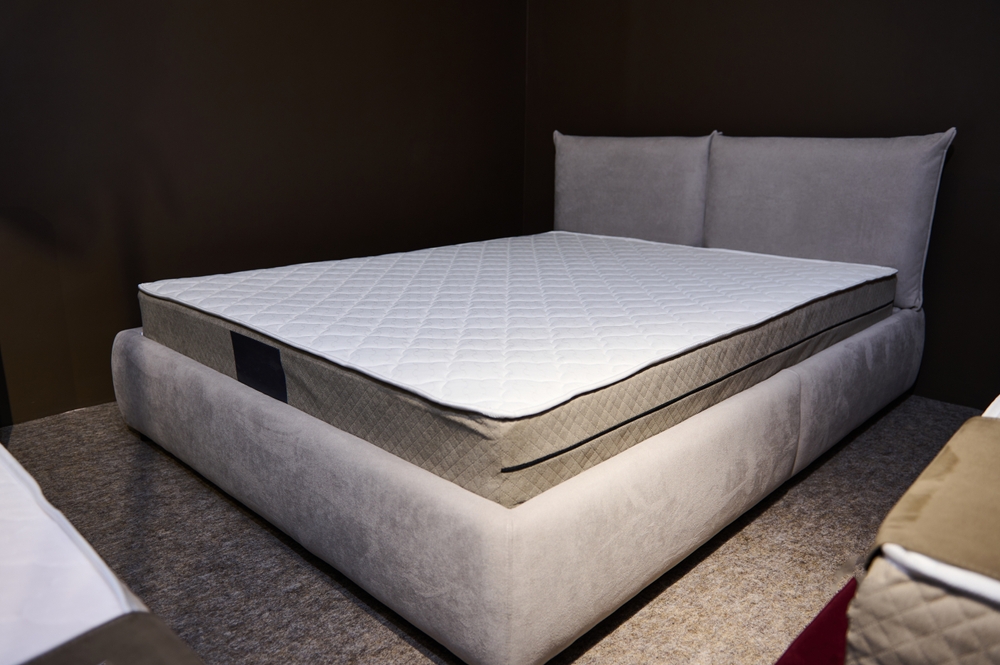Furniture scale and placement to improve nighttime routines
Small adjustments to furniture scale and placement can streamline nightly routines and support better sleep. This article provides practical guidance on arranging beds, headboards, storage and wardrobe placements, layering bedding and lighting, and improving ventilation and acoustics to make bedtime simpler and more restorative.

Thoughtful furniture scale and placement reshape how a room supports nighttime routines, reducing friction and creating a calm transition into sleep. Start by assessing the size of key pieces relative to the room and to one another: a too-large bed or bulky dresser can obstruct paths and reduce airflow, while tiny furniture can create cluttered visual noise. This article outlines scale, placement, and material choices that enhance sleep quality, improve organization, and make routines like dressing and preparing for bed simpler and more pleasant.
How does furniture scale affect sleep and mattress choice?
Choosing furniture that fits a room and the mattress is essential for a functional sleep zone. Scale affects sightlines, movement and how the mattress feels visually; an oversized headboard can dominate and make the mattress appear smaller, while a low-profile bed frame can open sightlines and emphasize space. Keep at least 60–90 cm (2–3 ft) clear circulation around the bed where possible to maintain access for nightly tasks like making the bed or reaching a bedside table. Position the mattress so you can access both sides easily if two people use the bed; this reduces nighttime disturbance and streamlines routines.
How to place bedding, linen and textiles for comfort?
Textiles influence both thermal comfort and the perceived tidiness of the room. Store everyday bedding and a change of linen within easy reach of the bed to simplify evening and morning changes. Layer bedding for adaptability: a breathable base sheet, a midweight blanket and a duvet or comforter allow quick adjustments to temperature. Keep spare pillowcases and a linen basket within the wardrobe or in a dedicated storage bench to avoid late-night searches. Use textiles with natural fibers like cotton or linen for moisture-wicking properties and softer hand-feel that support restful sleep.
What headboard and lighting choices support routines?
Headboard design and lighting placement play a role in reading, relaxation and the shift to sleep. A simple, appropriately scaled headboard provides support for sitting up without overwhelming the wall; choose height and width that align with the mattress dimensions. Layer lighting: overhead lights for dressing, warm bedside lamps for reading, and a small directional light for tasks such as finding a book or phone. Use warm color temperatures (2700–3000K) and dimmable options to reduce blue light exposure before bed. Place switches or smart controls within easy reach from the bed to avoid bright overhead activation during nighttime awakenings.
How can storage, wardrobe and organization help flow?
Efficient storage eliminates last-minute clutter that disrupts bedtime. Arrange a wardrobe so frequently worn items are accessible by drawer or low rail; reserve higher shelves for off-season textiles. Consider built-in or modular storage to match wall proportions and keep circulation clear. Nightstands with drawers or a small cabinet at the foot of the bed can hold nightly essentials like a sleep mask, lip balm, or chargers. Use baskets or labeled bins for linen and small textiles to maintain a tidy surface and reduce cognitive load during routine tasks.
How do color, acoustics and ambience influence rest?
Color and acoustics shape the room’s calming potential. Muted, low-contrast palettes and cooler neutrals often read as restful, but personal preference matters; choose tones that reduce visual stimulation. Add soft textiles, curtains and rugs to absorb sound and lower reverberation, improving perceived quietness and making it easier to fall asleep. Introduce a consistent ambience with layered lighting, textured textiles, and minimal visual clutter. Avoid highly reflective surfaces that bounce light and sound; instead, opt for matte finishes and fabric-covered furniture to soften the environment.
How should ventilation and layout support nighttime?
Proper ventilation and a logical layout are practical contributors to sleep quality. Place furniture to allow cross-ventilation when windows are open and avoid blocking airflow with tall wardrobes or bulky shelving. Position nightstands and storage to create clear paths from door to bed and from bed to closet, reducing the need to step around obstacles in dim light. Consider furniture with breathable materials and avoid enclosing mattress spaces entirely; a small gap under the bed can aid circulation and reduce moisture build-up. These layout choices help maintain comfortable temperatures and make bedtime routines more efficient.
In summary, aligning furniture scale, placement and materials with nightly habits reduces friction and creates a calming environment that supports sleep. Focus on proportional pieces, accessible storage, layered textiles and lighting, and unobstructed ventilation to streamline routine tasks and encourage rest. Thoughtful adjustments to layout and organization can transform the practical flow of evening rituals and contribute to more consistent sleep patterns.





